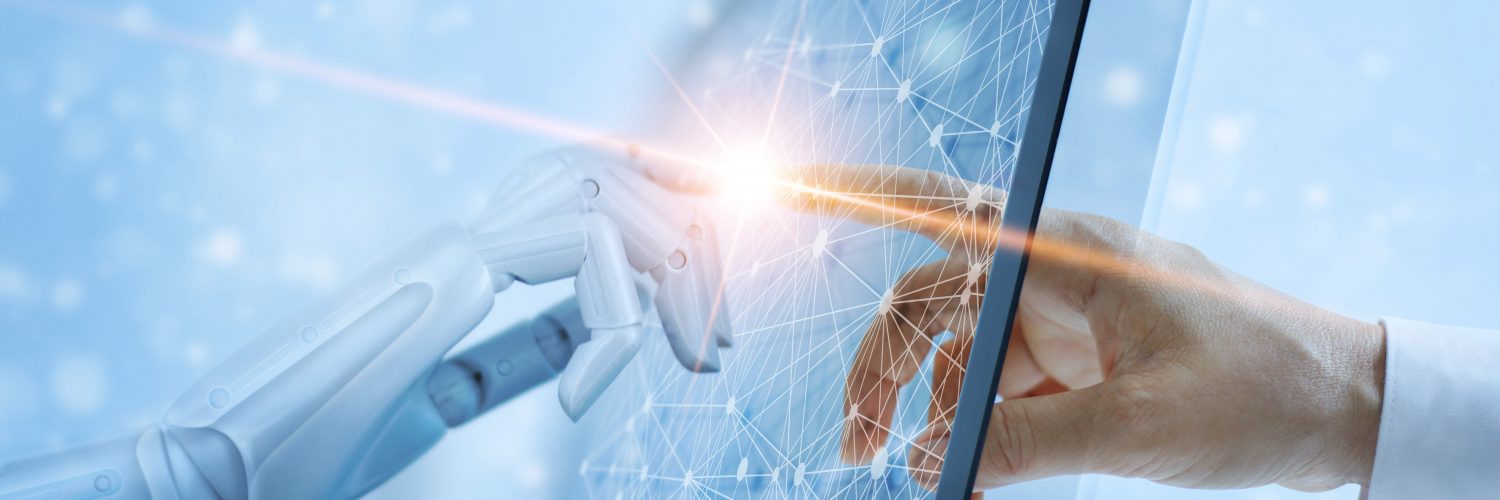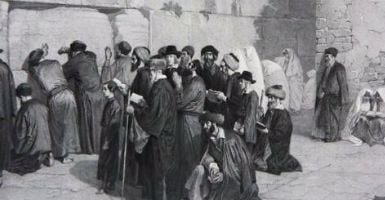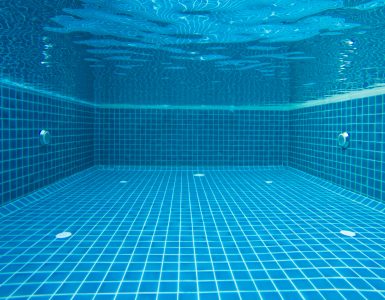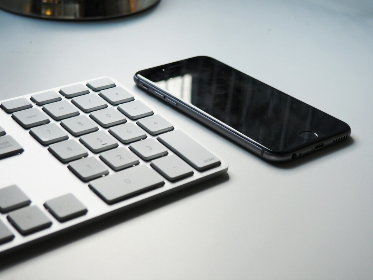Vayakel – Pekudei 5780
On six days work may be done, but the seventh day shall be holy for you, a day of complete rest for Hashem; whoever does work on it shall be put to death.
(Shemos 35:2)
One of the fundamental principles in the definition of the Melachos of Shabbos is “Meleches Machsheves”. Generally invoked as a leniency, Meleches Machsheves is the concept that the Torah did not forbid any of the Melachos unless they are performed in the regular and original manner. In other cases, Meleches Machsheves may be invoked as a stringency. A person who deliberately performs a Melacha indirectly may be liable if his intentions were fulfilled as it would be considered Meleches Machsheves (see Bava Kama 60a regarding the Melacha of Zoreh)[1].
The source of Meleches Machsheves is cited by the Gemara (Shabbos 49b & Beitza 13b) which notes the juxtaposition (in this week’s Parsha) of the description of the building of the Mishkan and the Mitzva of Shabbos. Chaza”l (in the Mechilta cited by Rashi ad. loc.) explain that by ordering the Jewish people to observe Shabbos before commanding them to build the Mishkan, the Torah implies that the building of the Mishkan does not override Shabbos. The Gemara explains that we further derive that the Melachos that are forbidden on Shabbos are precisely those same acts that are involved in building the Mishkan. Just as the construction of the Mishkan was explicitly described as Meleches Machsheves, so must all of the Melachos of Shabbos be Meleches Machsheves.
In order to be liable for performing a forbidden act on Shabbos, the Halacha of Meleches Machsheves requires that it be done without a Shinui or Ki’l’achar Yad (in an unusual manner). The Mishna in Shabbos (92a) states:
Somebody who takes an item out [to the public domain], whether with his right hand or his left hand, in his lap or on his shoulders –is liable, for this was the manner of transportation of the sons of Kehas. If he carried it on the back of his hand, with his foot, mouth, elbow, ear, in his hair, in his money-belt that is upside down, between his money-belt and his cloak, in the hem of his cloak, in his shoe or sandal – he is exempt, as he did not take it out in the manner of those who transport things outside.
We see that in order to be liable for performing a Melacha on Shabbos, a person must do it in the regular manner (as was the case in the Mishkan when the sons of Kehas carried the vessels). One who performs the Melacha in an unusual manner is exempt, although it is still Assur mi’d’Rabbanan.[2]
The connection between Meleches Machsheves and the law of Shinui is not intuitive. In order to understand it, let us examine another Halacha that is based on Meleches Machsheves[3] – Melacha She’eina Tzricha l’Gufa.
R’ Shimon holds that a person who performs a Melacha She’eina Tzricha l’Gufa is exempt. Therefore, the Mishna in Shabbos (93b) explains that a person who carries a corpse out of his house on Shabbos (into a Reshus haRabim) is exempt. Rashi explains: “And any Melacha that is not needed (for itself), but only to remove [an item – in this case, the corpse] – is a Melacha She’eina Tzricha l’Gufa, as he would have preferred that it [the corpse] not come to him at all, and he does not need it. Therefore it is not considered to be a Meleches Machsheves according to R’ Shimon.” In other words, if a Melacha is performed for the purpose of an incidental outcome[4], it is not considered Meleches Machsheves.
Other Rishonim disagree with Rashi and maintain that Melacha She’eina Tzricha l’Gufa is not related to Meleches Machsheves. Rashi who holds that the two are related is consistent with his opinion in Maseches Beitza (13b) where he explains that Meleches Machsheves means “Meleches Umnus” – the work of an artisan or expert. An act that is performed for an incidental outcome cannot be considered Meleches Umnus.
At any rate, according to Rashi the reason that a Melacha She’eina Tzricha l’Gufa is not considered Meleches Machsheves, is because it is lacking the basic quality of the Melacha – its purpose or intent. The same is true of the exemptions of Misaseik and Davar She’eino Miskavein. However, the same cannot be said of the exemption of Shinui. When a person performs a Melacha in an unusual fashion, he absolutely intends to fulfill the regular purpose of the Melacha – the only difference is in the manner he performs the act.
There is, moreover, a discussion among the Acharonim regarding the law of Shinui in other areas of Halacha. If the exemption of Shinui stems from the Din of Meleches Machsheves then it should not apply to other Halachos where Meleches Machsheves is not a requirement. But if it is a fundamental aspect of the definition of an action, then it would perhaps affect other Halachos too.
In fact, the Poskim discuss whether a Get that is written with a Shinui – such as if it is written left-handed – is invalid. If a right-handed person writes with his left hand on Shabbos, he is exempt because doing so is a Shinui. However, according to the Chelkas Mechokek and Beis Shmuel (E.H. 123) a Get written left-handed is Kosher as Shinui is only an exemption on Shabbos due to Meleches Machsheves and is irrelevant to the Halachos of Gittin.
Many question the reasoning of the Chelkas Mechokek and Beis Shmuel. The Eglei Tal (Introduction, 3) notes that when a person eats a forbidden item in an unusual manner – “Shelo k’Derech Achilaso v’Hana’aso” he is exempt (Pesachim 24b). We see that Shinui is a reason for exemption even in other areas of Halacha. The Acharonim ask a number of other, similar questions. Therefore, the Kovetz Shiurim (Kesubos 60) concludes that the exemption of Shinui is not due to Meleches Machsheves but is a fundamental condition in all Halachic acts. The Eglei Tal, however, proposes that there may be two types of Shinui:
- Shinui in the actual Melacha and in its essential characteristics. For example, if a person wraps a forbidden food with another item and eats it, he has distorted the regular act of eating. An act of this sort would be considered a Shinui in any area of Halacha.
- A Shinui that only affects the manner in which the act is performed, but not the essence of the act or its outcome. For example, if a right-handed person learns how to write with his left hand, while he has utilized a Shinui, the product of his actions is not inferior. In this case, the Shinui would only be an exemption in Hilchos Shabbos but would not affect other areas of Halacha. Therefore, if he writes a Get with his left hand, it would be Kosher.
Another important difference between the law of Shinui and other conditions of Meleches Machsheves is that a Shinui depends on the time, place, and person in question. For example, the Rambam (Hilchos Shabbos 11:14, see Shabbos 103) rules that if a right-handed person writes on Shabbos with his left hand, or a left-handed person writes with his right hand, he is exempt. If an ambidextrous person writes with either hand, he is liable. We see that there is no set Halachic parameter that determines how a person must write in order to violate Shabbos – it depends on the person in question and what would constitute a Shinui for him.
The Poskim agree that typing on a computer or smartphone is not a Shinui, even though it is performed with two hands, as this is the normal method of typing. Therefore (assuming we consider words that are typed on a digital screen to have been “written” – see below), a person will be liable for typing on Shabbos. For other exceptional Halachos of Shinui, see footnote[5].
Since performing a Melacha with a Shinui is only an Issur d’Rabbanan, and Issurei d’Rabbanan are waived even if patients are not dangerously ill, this has significant application to medical treatment on Shabbos. This is particularly pertinent in hospitals where many of the procedures have Pikuach Nefesh ramifications.
For example, one of the most fundamental requirements of hospital practice is to keep a detailed and accurate record of a patient’s treatment, laboratory and imaging results, and medication administration. It is impossible to overstate the critical importance of this practice. For many years, observant doctors have sought guidance how they are to adhere to this on Shabbos, for while it may be possible to rely upon a non-Jew to act as a scribe in some situations, this is often not feasible.
The Poskim have offered many suggestions for reducing the Melacha to an Issur d’Rabbanan, among them using disappearing ink[6]! Today all records are kept on computers, which may well be less of problem considering the opinions that the use of electricity on Shabbos is not an Issur d’Oraisa and that anything typed on a computer is not considered permanent script for which one violates a d’Oraisa[7].
As we have seen, typing with one’s left hand is not necessarily considered a Shinui. Is there an alternative way of typing that would constitute a Shinui? HaGaon Rav Asher Weiss Shlit”a wrote in an as-yet unpublished Teshuva:
Since, in the hospital in which he works, the computer has taken the place of ordinary writing, and the rules of the hospital dictate that all procedures and medications are accurately recorded, what is permitted and what is forbidden to record on Shabbos?
I have already written in many places, that the law of Pikuach Nefesh of the public is different than the law of Pikuach Nefesh of the individual. Even though in the case of an individual not every farfetched Sakana is considered Pikuach Nefesh, in the case of a hospital it is clear that there is an importance and necessity to record every medical procedure and administration of medication, because in time, the lack of accurate records will bring about a death that would have been possible to avoid. Therefore, one should follow the hospital policies [for documentation] precisely.
However, since we speak of a somewhat farfetched Pikuach Nefesh, or perhaps a very farfetched Pikuach Nefesh, one should become accustomed to typing on the computer with a Shinui, in order to avoid an actual Issur d’Oraisa. Any Shinui which impedes the performance of an act, renders it as “Ki’l’achar Yad”, and is only an Issur d’Rabbanan as a result.
As far as typing on the computer is concerned, using the knuckle (as opposed to the tip of the finger) is considered a Shinui. Similarly, typing while wearing a thimble on one’s finger, is also considered a Shinui.
Any doctor or nurse who fears Heaven should ensure that they type with a Shinui to avoid an Issur d’Oraisa. Once the Issur is only d’Rabbanan, one may be lenient [even] in the case of a farfetched possible Pikuach Nefesh.
There are two things we may derive from Rav Asher’s ruling:
Hospital policies and procedures – that have generally been instituted due to possible situations of Pikuach Nefesh (even if danger is remote and unlikely) – broadly override Issurim d’Rabbanan.
Secondly, the definition of a Shinui is “anything which impedes the performance of an act”. The reason that people are accustomed to performing an act in its regular manner is that doing so is easier or more convenient. Carrying something in one’s hand is easier than transporting it in one’s mouth. Writing with one’s right hand is easier than writing with one’s left. Therefore, wearing a thimble while typing is considered a Shinui.
The Poskim have not yet discussed the question of using a computer mouse on Shabbos. However, it seems that it might be logical to say that using one’s left hand would be considered a Shinui as using a computer mouse requires accuracy and precision and isn’t something generally done with the non-dominant hand. Moreover, a mouse is designed – both in its shape and configuration of its buttons – for use with one’s right hand.
[1] For more discussion about Meleches Machsheves, see Minchas Asher, Shemos 63.
[2] See Shulchan Aruch haRav, OC:301)
[3] According to Rashi; other Rishonim learn this from other sources.
[4] As in this example, where the Melacha of Hotza’a is performed so that the corpse will no longer be in the house, not in order to take the corpse outside.
[5] Occasionally, even if a person performs an act with a Shinui, he is still liable, such as if he performs the Melacha of Borer with an unusual instrument (see Shabbos 74a and Rashi ad. loc.) In other cases, when a person employs an extreme Shinui, he has not even violated an Issur d’Rabbanan, such as if he mashes a banana with the handle of a fork (see Mishna Berura 121:25 as to whether two Shinuyim need be utilized).
[6] Which would require everything to be re-written in permanent ink after Shabbos!
[7] Further discussion of this point is beyond the scope of this essay.















Add comment